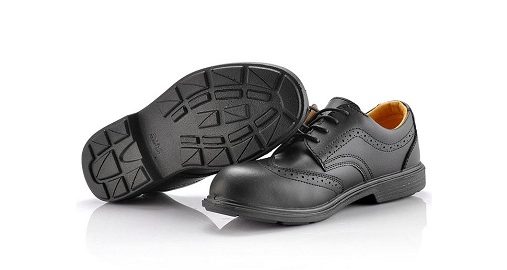
As an employer, you are in charge of a safe and healthy working environment for your employees. You are familiar with the safety risks within your sector, as well as the measures you can take to counteract these risks.
What is Personal Protective Equipment (PPE)?
PPE means personal protective equipment or equipment you use to guarantee your (own) safety.
Use PPE always and anywhere where necessary. Observe the instructions for use, maintain them well and check regularly if they still offer sufficient protection. But when do you use what type of protection?
These 7 tips will help you on your way.
1. Safety for the head
Wearing a helmet offers protection and can prevent head injuries. Select a sturdy helmet that is adapted to the working conditions. These days you can find many elegant designs and you can choose extra options such as an adjustable interior harness and comfortable sweatbands.
2. Protect your eyes
The eyes are the most complex and fragile parts of our body. Each day, more than 600 people worldwide sustain eye injuries during their work. Thanks to a good pair of safety glasses, these injuries could be prevented. Do you come into contact with bright light or infrared radiation? Then welding goggles or a shield offer the ideal protection!
3. Hearing protection
Do you work in an environment with high sound levels? In that case it is very important to consider hearing protection. Earplugs are very comfortable, but earmuffs are convenient on the work floor as you can quickly put these on or take them off.
4. Maintain a good respiration
Wearing a mask at work is no luxury, definitely not when coming into contact with hazardous materials. 15% of the employees within the EU inhale vapours, smoke, powder or dusk while performing their job. Dust masks offer protection against fine dust and other dangerous particles. If the materials are truly toxic, use a full-face mask. This adheres tightly to the face, to protect the nose and mouth against harmful pollution.
5. Protect your hands with the right gloves
Hands and fingers are often injured, so it is vital to protect them properly. Depending on the sector you work in, you can choose from gloves for different applications:
- Protection against vibrations
- Protection against cuts by sharp materials
- Protection against cold or heat
- Protection against bacteriological risks
- Protection against splashes from diluted chemicals.
6. Protection for the feet
Even your feet need solid protection. Safety shoes and boots are the ideal solution to protect the feet against heavy weights. An antiskid sole is useful when working in a damp environment, definitely if you know that 16,2% of all industrial accidents are caused by tripping or sliding. On slippery surfaces, such as snow and ice, shoe claws are recommended. Special socks can provide extra comfort.
7. Wear the correct work clothing
Preventing accidents is crucial in a crowded workshop. That is why a good visibility at work is a must: a high-visibility jacket and pants made of a strong fabric can help prevent accidents. Just like the hand protection, there are versions for different applications.
Prevention is better than cure. A smart thing is to be prepared for the worst. A classic first-aid kit is no luxury but a first-aid kit for the eyes can also be an essential first aid. If the employee comes into contact with chemicals, a safety shower is mandatory, so that he can rinse the substances off his body at any moment.








